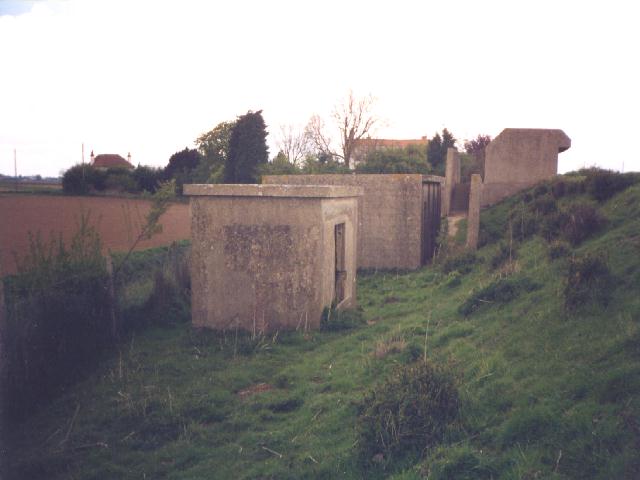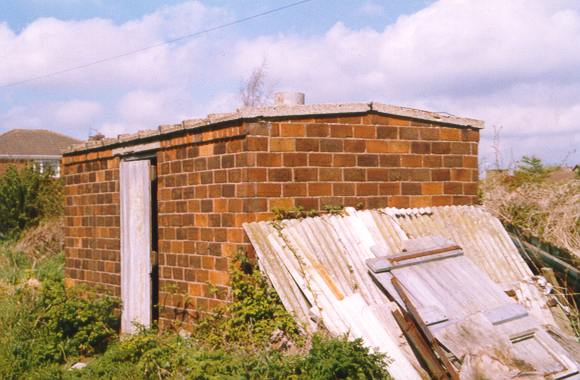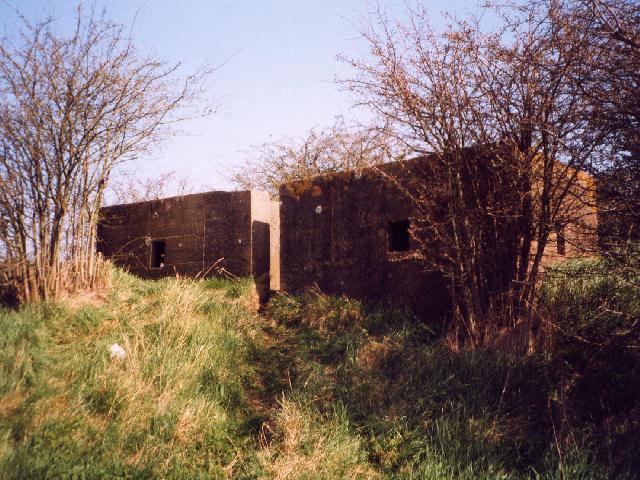Defensive Structures
Topic 4: Defensive Structures
The initial strategy adopted was one of static defence composed of a strong Coastal Crust with additional Stop Lines to the rear.
This was most rigorously done along the southeast coast, but in Lincolnshire the old forts were reactivated, pillboxes (small concrete defensive structures) were constructed and temporary fortifications such as barbed wire and roadblocks were laid out. In addition, demolition chambers were constructed on roads, bridges and railways so that lines of communication could be destroyed at short notice. Some of these chambers, disguised as services or drains, are still in place.
Surviving coastal battery structures at Freiston Shore. (Photo: Pillbox Study Group)
As 1940 progressed, the strategy changed to a mobile approach, although the building of field defences continued. A number of armoured trains were built for general patrols around the country and another was built for the defence of Grimsby docks. As the air war intensified and progressed, civil defence became increasingly important and the structures created for it became more permanent. A similar change was experienced by the Home Guard. At the beginning of the war, weapons stores and patrol huts had been temporary civilian structures such as chicken coops and barns, but these were replaced with brick stores and concrete pill boxes.
Home Guard store house at Winteringham (Photo: Archaeology Data Service)
Lincolnshire has a number of very well preserved military structures. Among theses are rectangular pillboxes with an open machine gun mount in the centre,these are know as Lincolshire variant type 23 pillboxes (type 23 refers to Ministry of defence approved design number). Lincolnshire also has a number of a rare type of improvised concrete defence known as Ruck machine gun posts, including a complete example near Holbeach. On the other hand, many of the civil defence structures, as they were located on private property, were demolished, relocated or re-used after the war.
Lincolnshire variant of type 23 pillbox at Frampton Marsh. (Photo: Pillbox Study Group)



